It's Tsunami Preparedness Week - Get informed and stay safe!
CCEM Strategies
APRIL 13, 2023
With many coastal communities in British Columbia vulnerable to impacts from a destructive tsunami, it’s vital you know how to prepare and react to a tsunami alert. British Columbia’s coastal areas have the highest risk of tsunamis in Canada and it’s no coincidence that BC is also the province at most risk for a major earthquake.




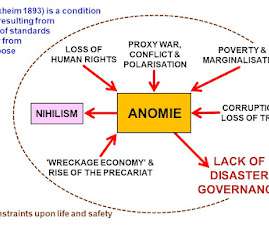


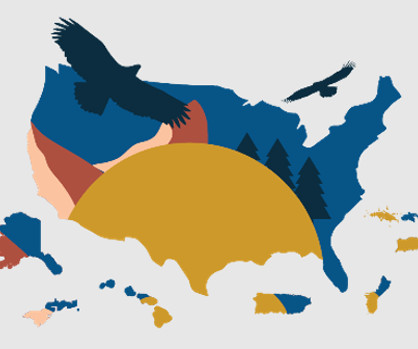






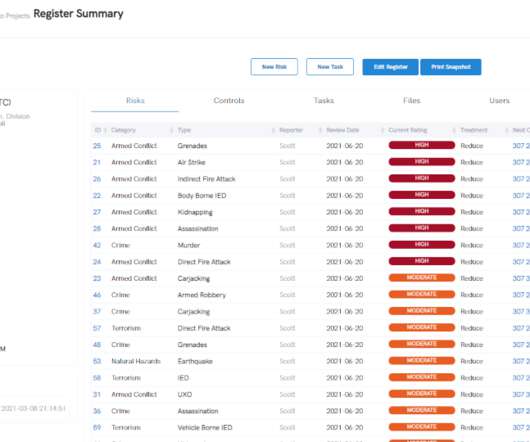

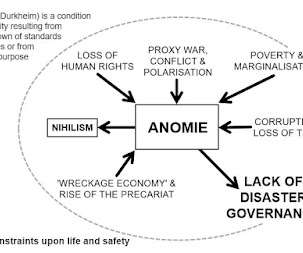
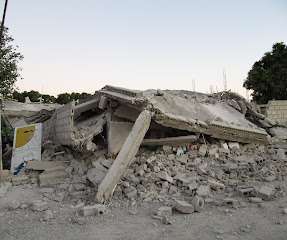






Let's personalize your content